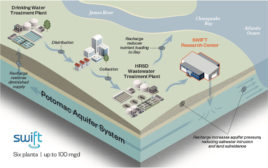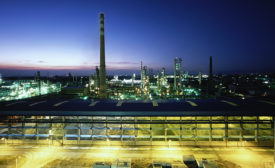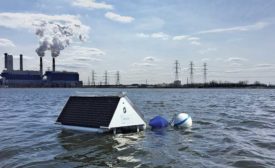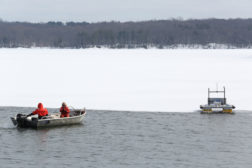Home » water quality
Articles Tagged with ''water quality''
Environment
US Justice Dept. modifies consent decree in federal court filing
Read More
Pollution
EPA Takes Small Steps to Regulate PFAS
Toxic Chemicals Could be in 1,500 Water Systems
Read More
The latest news and information
#1 Source for Construction News, Data, Rankings, Analysis, and Commentary
JOIN ENR UNLIMITEDCopyright ©2024. All Rights Reserved BNP Media.
Design, CMS, Hosting & Web Development :: ePublishing











